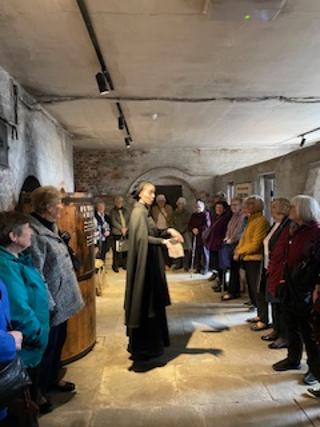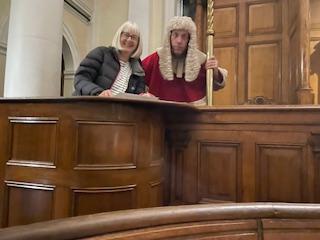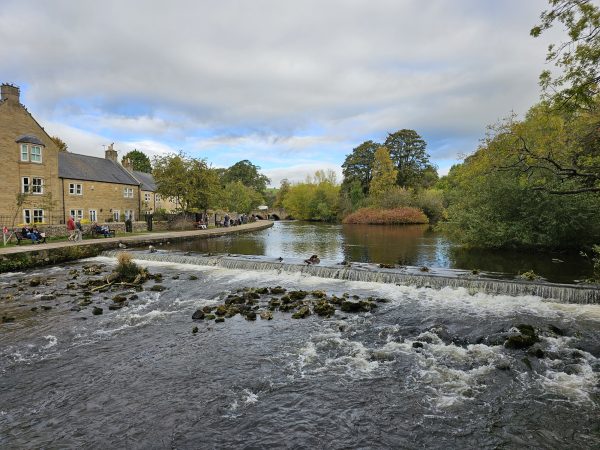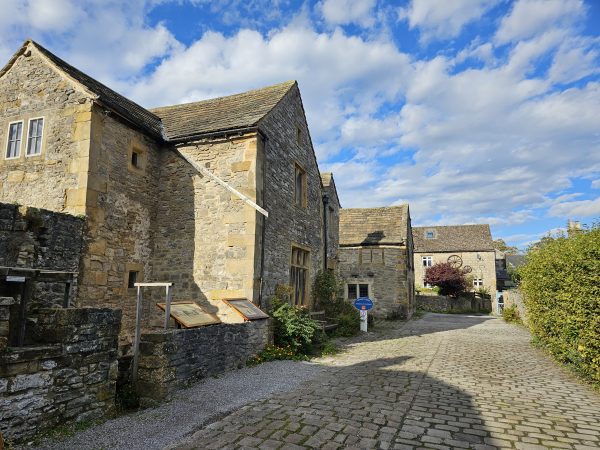Last month the group welcomed Camilla Anderson who talked about Edwardian Gardens and the Arts and Craft movement.
A smaller group than usual saw images of lots of gardens influenced by Arts and Crafts and enjoyed an interesting and informative explanation of this style of gardening. Many of these gardens are in the south of the country and quite a lot of the halls and large houses are no longer standing, but the gardens are still there and well-tended.
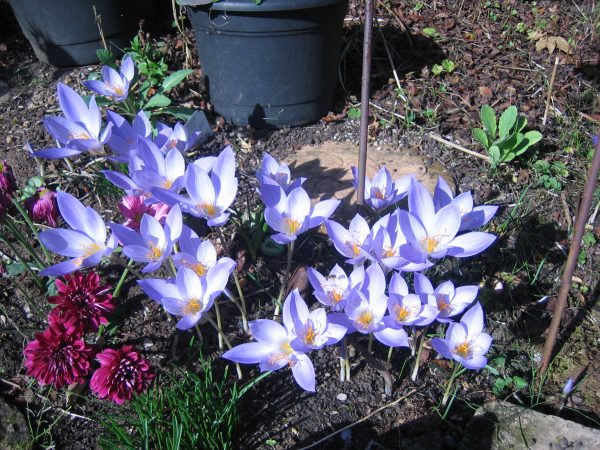
Camilla brought items from her online shop and members were able to browse through books and garden-related gifts, including soaps, hand creams and twines.

It was a very enjoyable meeting, just a shame that there were reduced numbers to hear about this history of our gardens.
The next meeting, on 3rd November, will be a talk from Karen Gimson, a writer for the Garden News.
All are welcome as we are an open group.
Anne
